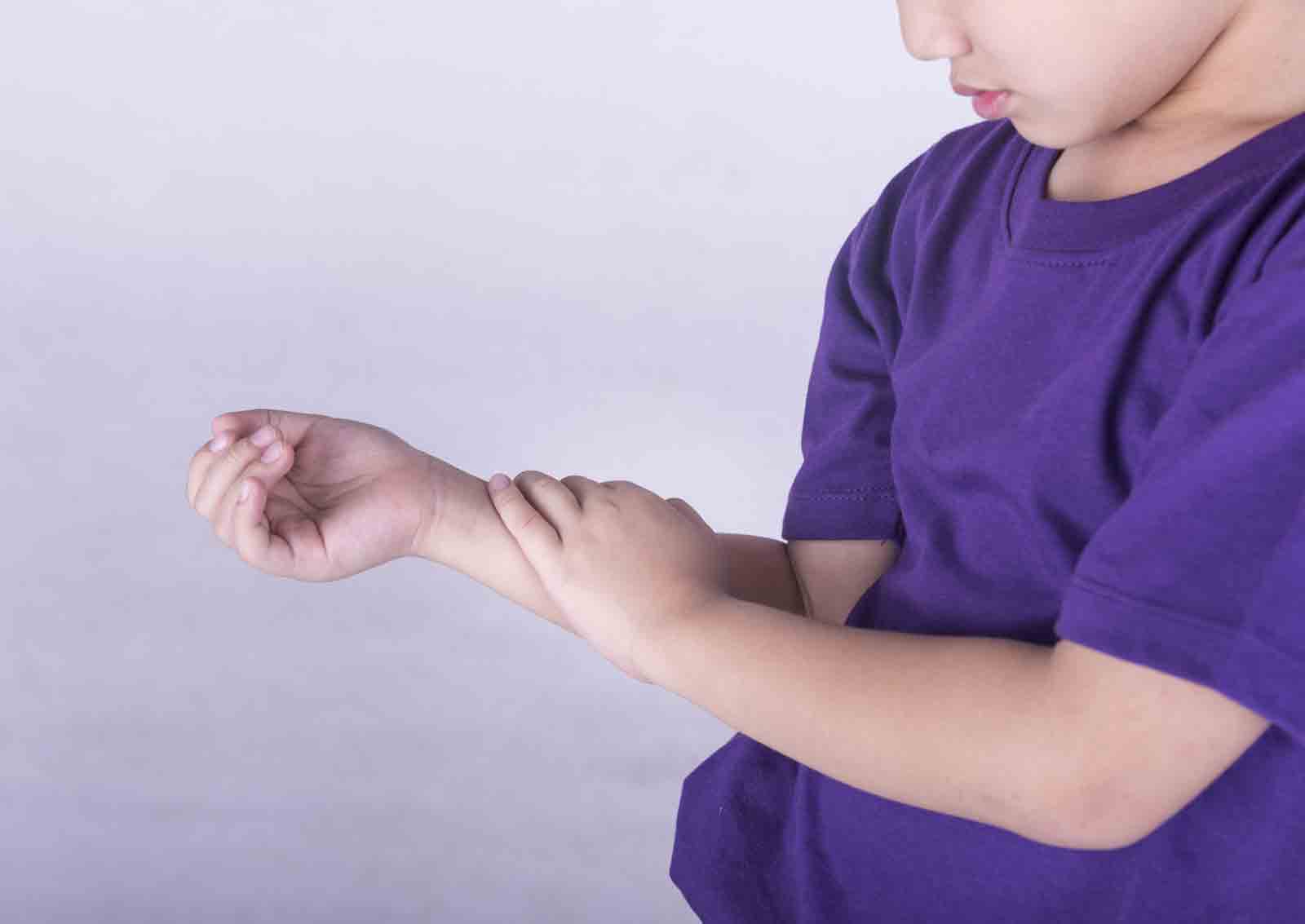Oligoarthritis, also known as pauciarticular arthritis or oligoarticular JIA, is the most common type of juvenile idiopathic disease (JIA). More than half of the children and young with JIA have this type. Most commonly, one or both the knees are affected. It is more common in girls than boys and grows with time as they become adults.
Unlike polyarthritis in which more than four or five joints are affected, oligoarthritis (Greek ‘oligos’ meaning ‘few’) is the arthritis that affects two to four joints (mostly knee, wrist and ankle) in the first six months of the disease.
This type of arthritis is usually mild, goes away on its own and causes minor or no damage to the joints. It can cause eye inflammation of mostly iris (uveitis). Regular eye checkups are crucial as it may cause reduce vision if left untreated.
Here are the types, prevention, causes, symptoms, diagnosis and treatment of oligoarthritis.
Types Of Oligoarthritis
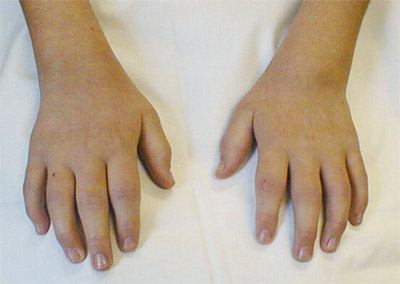
The two different types of oligoarthritis include:
-
Persistent oligoarthritis: It affects joints less than 4 throughout the course of disease.
-
Extended oligoarthritis: It affects over 4 joints after the first six months of disease.
Causes
The reason why this arthritis is caused is not clearly known. As the word ‘idiopathic’ means unknown cause, it is a type of juvenile idiopathic disease. It is believed to have originated from a combination of genetic and environmental factors and an immune system disorder.
Symptoms
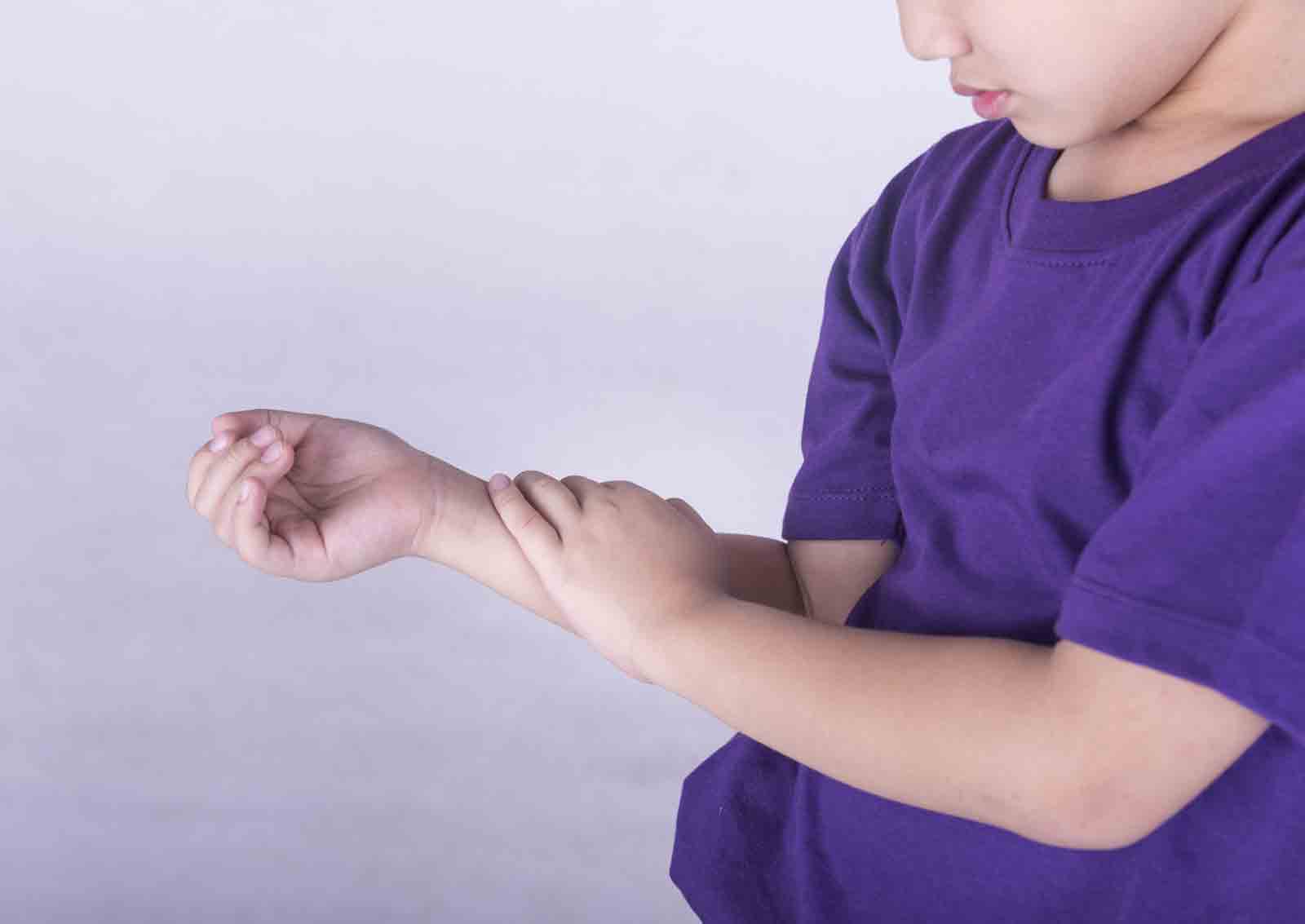
This form of arthritis differs from one child to another. He or she may experience one or two episodes that are resolved with treatment, or may regress requiring intermittent treatment, or there could be ongoing treatment into adulthood with the risk of joint damage.
The symptoms of oligoarthritis can typically include:
-
Limping and fatigue, experiencing discomfort while trying to stand or walk, particularly in the morning.
-
Joint pain, stiffness and swelling, especially in the knees and/or ankles that lasts for over 6 weeks.
-
Inflammation in the eye (uveitis), in its clear area and inside. It does not cause any pain and is not associated with red, itchy eyes.
In usual cases, the symptoms may improve or even disappear (remission) and may aggravate (flare-ups). Flare-ups are sudden and infections can worsen them. Regular blood tests and checkups will be needed for monitoring inflammation signs, if any.
Prevention
Certain measures can be recommended for determined forms of oligoarthritis. For instance, rheumatoid arthritis (RA) gets triggered through an infection with Chlamydia trachomatis or enteric pathogens. Preventing STDs and maintaining a proper general hygiene may reduce the risk.
By making required changes in the diet and getting excess weight loss and physical therapy along with therapeutic regimens reduce the risks of complications caused because of joint inflammation.
Diagnosis
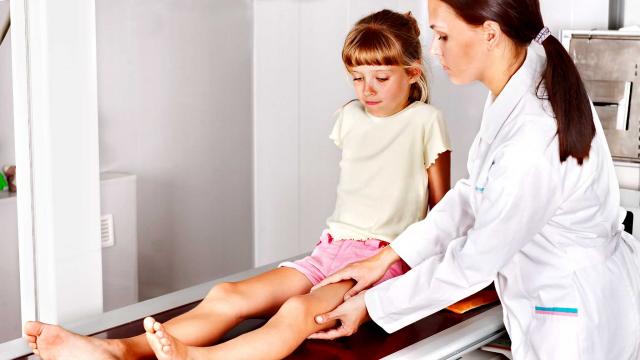
No single test can help in diagnosing oligoarthritis the diagnosis can take some time. A specialist with an experience in juvenile arthritis should be seen. The diagnosis of this condition is done based on medical history, symptoms and some physical examinations. Blood tests may not be necessary but the child may be asked to get the X-ray done in order to rule out other causes of joint pain.
Treatment
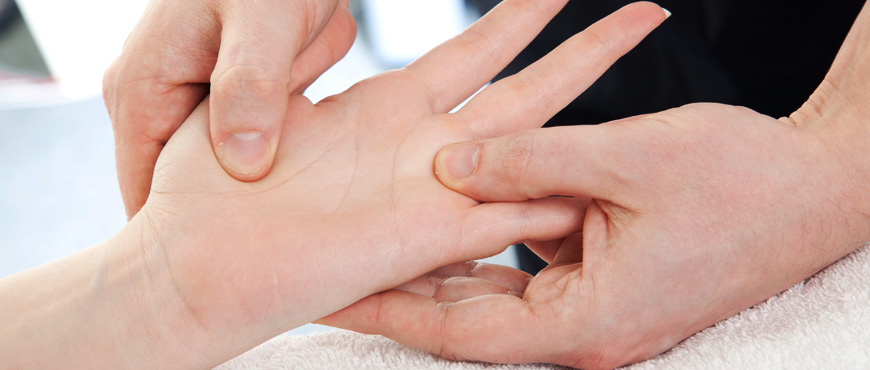
Though there is no cure for arthritis, several effective treatments that can help the child in living a happy and healthy life. The medications for arthritis in children has improved great in the recent past.
The medications for oligoarthritis include:
-
Non-Steroidal Anti-Inflammatory Drugs (NSAIDs) like ibuprofen or diclofenac help in reducing pain and inflammation. They can be taken in either tablet or liquid form.
-
Steroids are used for decreasing the inflammation. It can either be administered through an injection into the joint or given as drops into the eye for reducing eye inflammation.
-
Disease-Modifying Anti-Rheumatic Drugs (DMARDs) like methotrexate are taken in tablet or liquid form or by injection to prevent arthritis from developing any further.
It’s important that your child takes the medications as prescribed by the doctor. Some children may have side effects from the medications but the risk of untreated arthritis leading to permanent joint damage is even more crucial. Over a course of time, the treatment may change.
Physiotherapy as well as daily exercises are also an essential part of treatment carried out for oligoarthritis. Using hot and cold packs, warm baths and gentle massage can help in reducing the pain or discomfort your child is experiencing.
Image Source:
1. qmedicine
2. paulchristomd
3. hgcdn
4. newhopephysio
